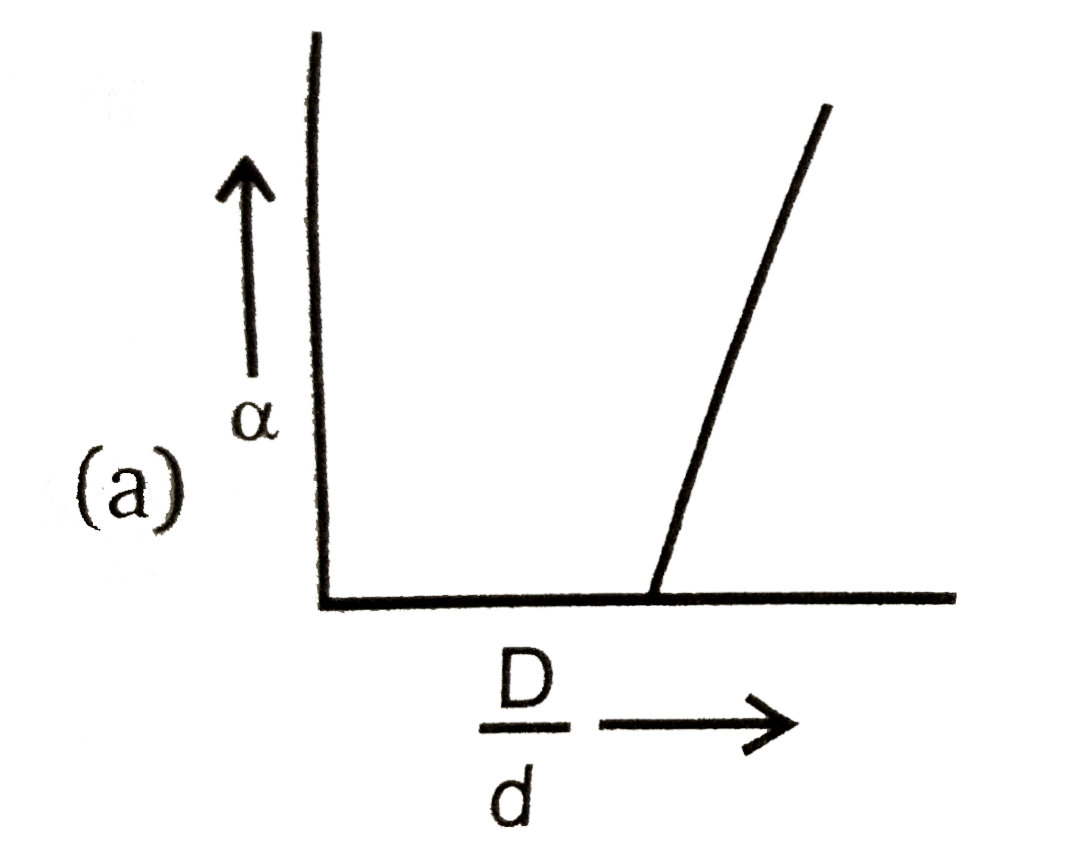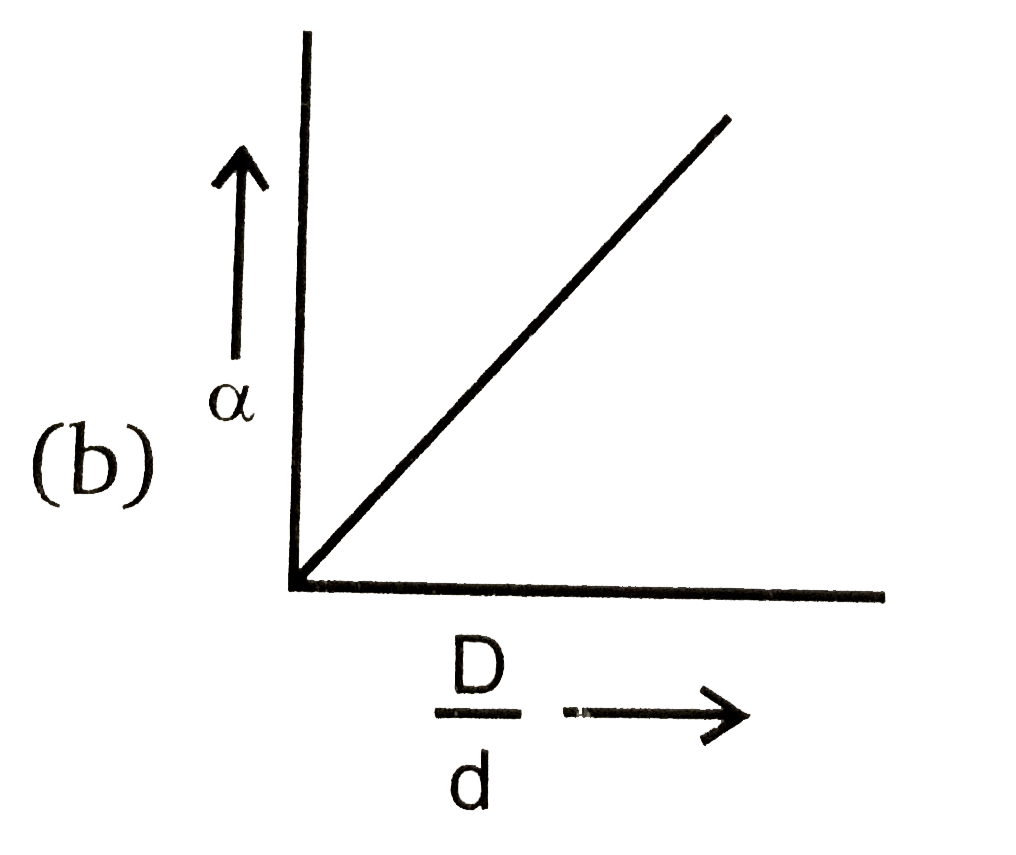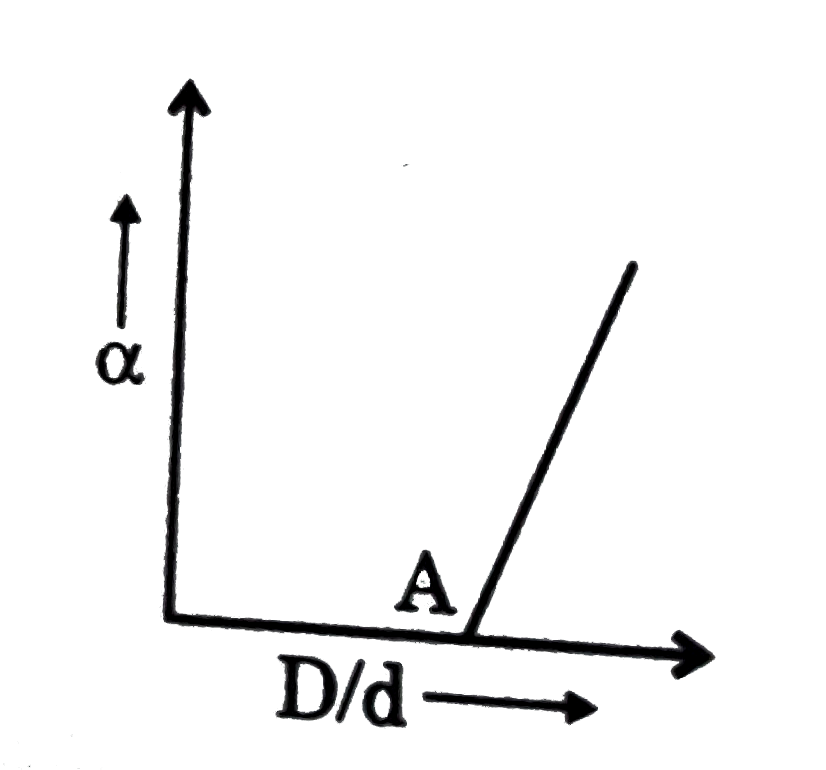For the dissociation of PCI5 into PCI3andCl2 in gaseous phase reaction, If "d' is the observed vapour density and 'D' theoretical vapour density with 'α' as degree of dissociation. Variation of Dd with 'α' is given by which graph? Solution in Telugu



none of these
The correct Answer is:a
Step by step video & image solution for For the dissociation of PCI_(5) into PCI_(3) and Cl_(2) in gaseous phase reaction, If "d' is the observed vapour density and 'D' theoretical vapour density with 'alpha' as degree of dissociation. Variation of (D)/(d) with 'alpha' is given by which graph? by Chemistry experts to help you in doubts & scoring excellent marks in Class 11 exams.
Updated on:21/07/2023Topper's Solved these Questions
- CHEMICAL EQUILIBRIUMBOOK - NARENDRA AWASTHICHAPTER - CHEMICAL EQUILIBRIUMEXERCISE - Level 1 (Q.93 To Q.122)
1 Videos
- CHEMICAL EQUILIBRIUMBOOK - NARENDRA AWASTHICHAPTER - CHEMICAL EQUILIBRIUMEXERCISE - Level 2
1 Videos
- ATOMIC STUCTUREBOOK - NARENDRA AWASTHICHAPTER - ATOMIC STUCTUREEXERCISE - level 2
1 Videos
- DILUTE SOLUTIONBOOK - NARENDRA AWASTHICHAPTER - DILUTE SOLUTIONEXERCISE - Level 3 - Match The Column
1 Videos
Similar Questions
An equilibrium mixture at 700 K of 0.05M N2(g)and0.2MNH3(g) is present in a container .Now if this equilibrium is disturbed by adding N∘ (g) so that its concentration becomes 0.15M just after addition then which of the following graph represents the above situation more appropriately:
View SolutionCalculate ΔrG for the reaction at 27∘C
H2(g)+2Ag+(aq)⇔2Ag(s)+2H+(aq)
Given : PH2=0.5 bar, [Ag+]=10−5M,
[H+]=10−3M,ΔrG∘[Ag+(aq)]=77.1kJ/mol
View SolutionA small particle of mass m moves in such a way that the potential energy U = ar2 where a is a constant and r is the distance of the particle from the origin. Assuming Bohr's model of quantization of angular momentum and circular orbits, find the radius of nth allowed orbit.
View SolutionColumn -I and Column -II contain four entries each. Entries of column-I are to be matched with some entries of column-II. One or more than one entries of column-I may have the matching with the same entries of column-II.

View SolutionThe equation alpha=(D-d)/((n-1)d) is correctly matched for: ( alpha is the degree of dissociation, D and d are the vapour densities before and after dissociation, respectively).
View SolutionFor the dissociation of PCl_(5) into PCl_(3) and Cl_(2) in gaseous phase reaction , if d is the observed vapour density and D the theoretical vapour density with 'alpha' as degree of dissociation ,variaton of D/d with 'alpha' is given by ?
View SolutionBefore equilibrium is set-up the chemical reaction N2O4(g)⇔2NO2(g), vapour density d of the gaseous mixture was measured. If D is the theoretica value of vapour density, variation of α with D/d is given by the graph below. What is value D/d at point A ?

View SolutionIn the dissociation of N_(2)O_(4) into NO_(2), (1+ alpha) values with the vapour densities ratio ((D)/(d)) is given by: [ alpha degree of dissociation, D-vapour density before dissociation, d-vapour density after dissociation]
View SolutionIn the dissociation of N_(2)O_(4) into NO_(2)O_(4) into NO_(2), alpha varies with ((D)/(d)) according to: [ alpha degree of dissociation, D-vapour density before dissociation, d-vapour density after dissociation]
View SolutionIn the dissociation of N_(2)O_(4) into NO_(2). (1+x) values with the vapour densities ratio ((D)/(d)) is given by :
View SolutionBefore equilibrium is set-up for the chemical reaction, N_(2)O_(4)hArr 2NO_(2) , vapour density of the gaseous mixture was measured. If D is the theoretical value of vapour density, variation of x with D//d is by the graph.
View SolutionFor the dissociation of NH_(3)(g) as 2NH_(3)(g)iffN_(2)(g)+3H_(2)(g) , the variation of (1 + alpha) against ((D)/(d)) is represented as : (Given : D = initial vapour density of PCl_(5) , d = Vapour density of mixture at equilibriu,):
View SolutionThe degree of dissociation of PCI5(α) obeying the equilibrium, PCI5⇔PCI3+CI2, is approximately related to the presure at equilibrium by (given α<<1):
View SolutionConsider the following hypothetical equilibrium
2B(g)⇔B2(g)
If d is observed vapour density and D is theoretical vapour density, then degree of association (α) will be
View SolutionFor the dissociation of PCI_(5) into PCI_(3) and Cl_(2) in gaseous phase reaction, If "d' is the observed vapour density and 'D' theoretical vapour density with 'alpha' as degree of dissociation. Variation of (D)/(d) with 'alpha' is given by which graph?
View SolutionDegree of Dissociation|Vapour Density
View Solution
